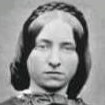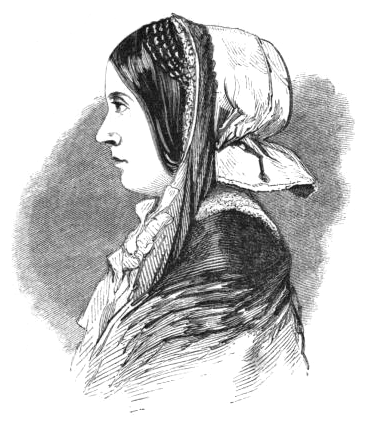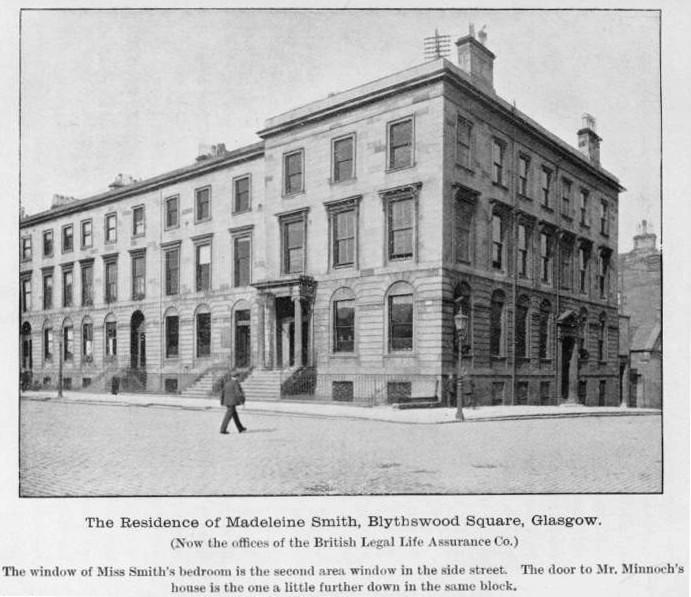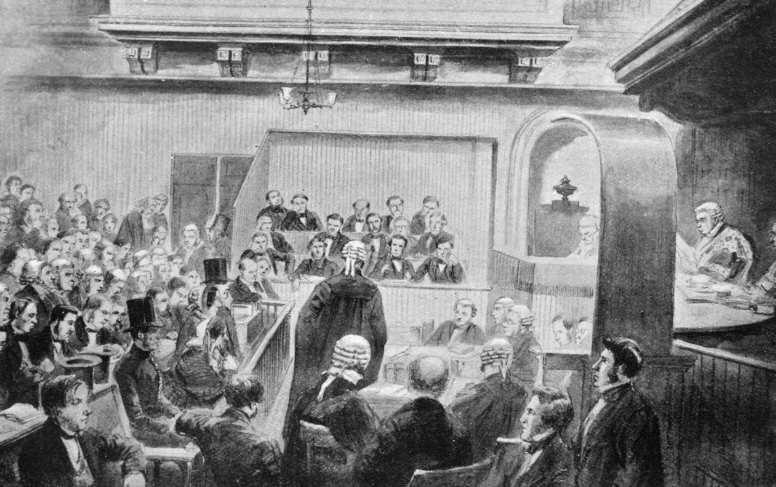
1835 - 1928
Madeleine Hamilton Smith
Summary
Name:
Madeleine Hamilton SmithNickname:
Lena SheehyYears Active:
1857Birth:
March 29, 1835Status:
DeceasedClass:
MurdererVictims:
1Method:
PoisoningDeath:
April 12, 1928Nationality:
United Kingdom
1835 - 1928
Madeleine Hamilton Smith
Summary: Murderer
Name:
Madeleine Hamilton SmithNickname:
Lena SheehyStatus:
DeceasedVictims:
1Method:
PoisoningNationality:
United KingdomBirth:
March 29, 1835Death:
April 12, 1928Years Active:
1857bio
Madeleine Hamilton Smith was born on March 29, 1835, in Glasgow, Scotland, into an affluent and respected upper-middle-class family. She was the eldest of five children. Her father, James Smith, was a wealthy architect, and her mother, Elizabeth, was the daughter of the famed Scottish neoclassical architect David Hamilton. The family lived in 81 Wellington Place before relocating in 1855 to 7 Blythswood Square, a prestigious address on a hilltop overlooking Glasgow, owned by Madeleine’s maternal uncle. They also owned a countryside home named "Rowaleyn" near Helensburgh, symbolizing their wealth and high status in Victorian Scottish society.
In an era defined by rigid Victorian morals, Madeleine shocked her social circle by entering into a secret love affair in 1855 with Pierre Emile L'Angelier, a man ten years older and of much lower social status. L'Angelier, originally from the Channel Islands, worked as a clerk in Glasgow. The relationship was clandestine, passionate, and heavily reliant on written correspondence. The couple often met at night, with L’Angelier visiting her bedroom window. It was later revealed that she had lost her virginity to him—an enormous scandal if discovered at the time.

Unbeknownst to her family, who were actively arranging a more "appropriate" marriage match for her, Madeleine continued her affair with L’Angelier. Eventually, she became engaged to William Harper Minnoch, a man of her social standing. When she tried to end her relationship with L’Angelier in early 1857 and requested he return her letters, he refused and allegedly threatened to reveal the affair to her father, potentially ruining her reputation and engagement.
Her desperation to protect her reputation—and possibly silence L’Angelier—coincided with suspicious behavior: she was seen purchasing arsenic on multiple occasions under the alias “M.H. Smith.” In Victorian times, women were allowed to buy arsenic for cosmetic purposes, such as skin whitening, but the transactions were tracked due to the poison’s deadly nature.
murder story
On March 23, 1857, Pierre Emile L'Angelier was found dead in his lodging at a rooming house in Glasgow. The cause of death was arsenic poisoning. Upon investigation, letters from Madeleine were discovered in his room, revealing the full extent of their secret affair. These letters, some lacking envelopes and many improperly matched during police recovery, became the backbone of the case against her. Madeleine Smith was arrested on March 31, 1857, and charged with murder.
The trial began in July 1857 at the High Court in Edinburgh and drew widespread public and media attention, becoming one of the most sensational legal proceedings in Scottish history. The prosecution argued that Smith had purchased arsenic and used it to poison L’Angelier during one of their secret meetings. Toxicologist Andrew Douglas Maclagan confirmed that L’Angelier died of arsenic poisoning, and two chemists testified that Smith had bought arsenic shortly before his death.

However, her defense, led by future Lord Glencorse John Inglis, created reasonable doubt. Key witnesses testified that their arsenic was dyed for safety reasons, while the autopsy revealed no such coloring in L’Angelier’s body. More importantly, L’Angelier's valet stated that the victim had mentioned suicide in the past, creating an alternative theory of self-poisoning. The undated letters and poor handling of evidence further weakened the prosecution’s case.
The jury returned a mixed verdict: "Not Guilty" on one count and "Not Proven" on the other—Scotland's controversial third verdict, meaning the jury was unconvinced of her innocence but not convinced enough of her guilt to convict.

Following the trial, the scandal forced Madeleine's family to leave Glasgow. They moved first to Bridge of Allan and later to Old Polmont, where her father died in 1863, allegedly devastated by the entire ordeal. Madeleine eventually married George Wardle in 1861, an artist and close associate of William Morris. They had two children, but the marriage ended in separation by 1889. She then moved to New York City, where, in her seventies, she married a much younger man, William A. Sheehy. She lived under the name Lena Sheehy until her death in 1928 at age 93.
Though never convicted, Madeleine Smith’s story has intrigued legal scholars and true crime enthusiasts for over a century. Many believe she did commit the murder, but gaps in the timeline, lack of direct evidence, and poor police handling saved her from the gallows. Her case remains one of the most iconic "not proven" verdicts in Scottish legal history.